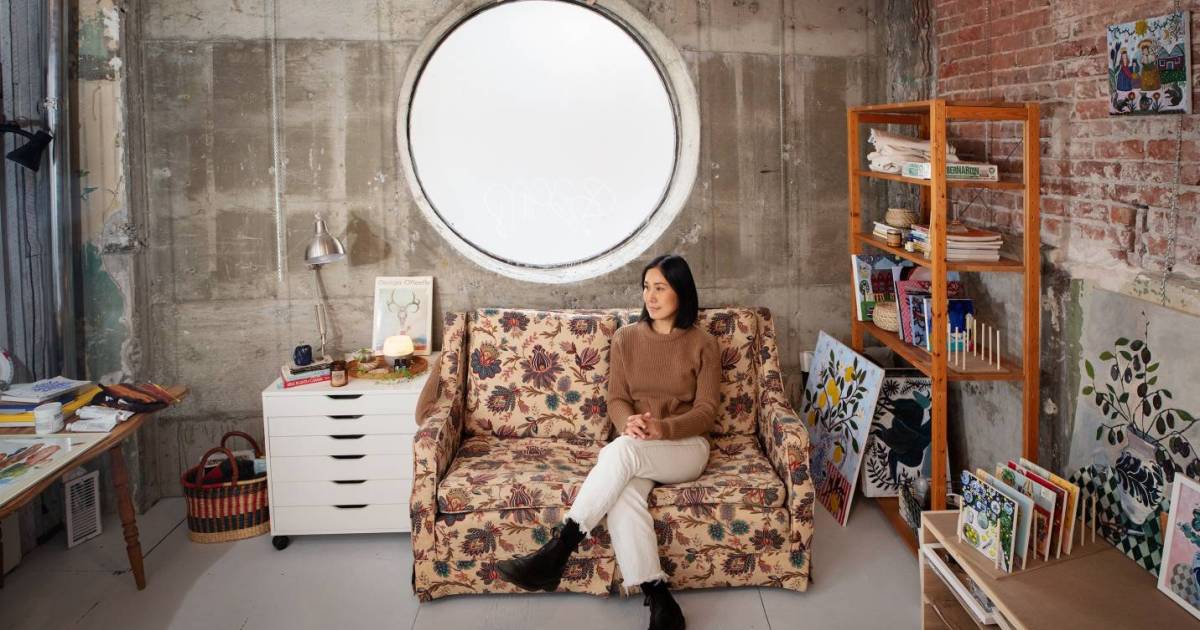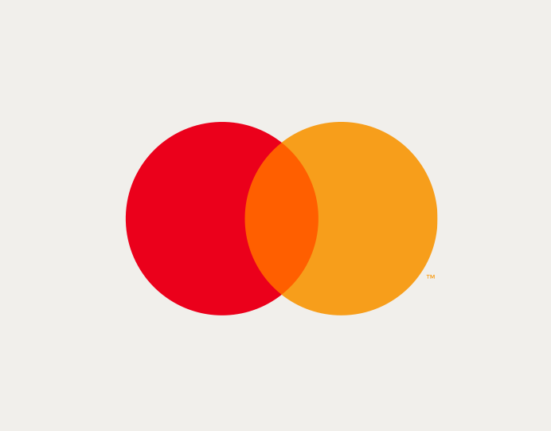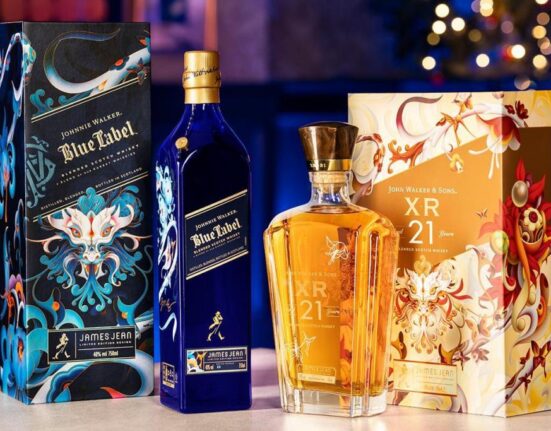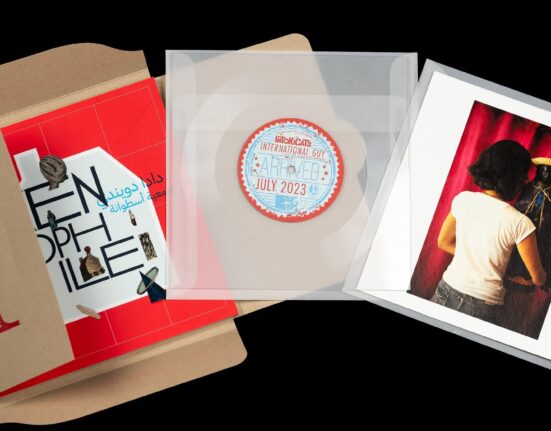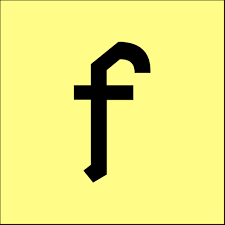The Breakouts are presented in partnership with Kwantlen Polytechnic University.
Emiko Venlet has always been an avid collector: of antiques, of beautiful things, of images that caught her attention in magazines. That magpie nature is reflected in her still life paintings: eclectic collections of objects, texture, and shape that she configures into whimsical works of visual storytelling.
But although Venlet has always been creative, she didn’t initially pursue a career as an artist.
“I became a therapist. And I realized: ‘What the hell am I doing? I’m making other people’s dreams come true, not mine,’ ” she reflects. “I had collections of cutouts from magazines that I had stored for years and years—and looking through, I realized, ‘This is cool. I love this part of me.’”
That was 12 years ago. Since then, Venlet’s style has evolved hugely: from abstract, intuitive colour work to her current nostalgia-laced narratives. Her work fuses the realistic and the playful: at first glance, the still lifes look largely representational, brimming with bright colours and balanced compositions. The longer you look at them, though, the more you notice their experimental elements. Scales are mismatched; angles don’t line up; details and patterns abound without abating. Traditional rules of visual acuity take a backseat to creating something that’s interesting and evocative.
“My art is like a quilt, because it’s images from all over different places,” explains Venlet, who moved from Japan to Vancouver in 2009. “My perspectives are usually off, but in a successful way—that’s how my painting is playful.”
Following a stacked 2023 that saw two solo shows and several group shows—and eventually led her to burning out at the end of the year—Venlet’s hoping to take things a little easier in 2024. She’s moving from August Studios to Parker Street Studios, and is holding a sale ahead of the move. She wants to try out more sculpture, and is planning a series telling stories about her experience dating as a single mom.
“We’re taught to write something very academic in our artists’ statements—that the show has to be about something political or the nature of beauty. And I’m like, ‘Screw that.’ I just want to paint through what I know,” she says. “I’m just gonna talk about what I need to talk about, and then create a conversation. Because art is conversation.”

